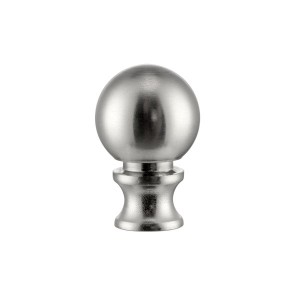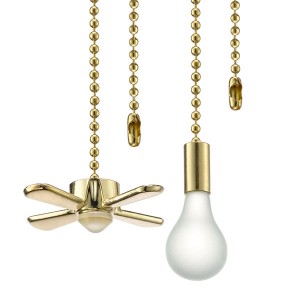The production process and process of plastic lampshade
Plastic lampshade is a common accessory in lighting decoration, and its production process and process are relatively complex, requiring multiple stages and steps. Below, we will provide a detailed introduction to the production process and process of plastic lampshades.
1、 Preparation of raw materials
The main raw material for making plastic lampshades is plastic, including polyvinyl chloride (PVC), acrylonitrile butadiene styrene copolymer (ABS), polymethyl methacrylate (PMMA), etc. Mix different types of plastic materials in a certain proportion based on the required shade color, performance, and purpose.
2、 Mold making
According to design drawings or samples, manufacture corresponding molds. The accuracy and quality of the mold will directly affect the shape, size, and appearance of the finished lampshade. During the mold production process, attention should be paid to the material, structure, size, and accuracy of the mold to ensure that the quality and appearance of the finished lampshade meets the requirements.
3、 Plastic injection
Place the prepared plastic raw materials into the injection molding machine and inject them into the mold at a certain temperature and pressure. This process requires precise control of injection speed, pressure, and temperature to ensure that the raw materials can evenly fill the mold and avoid the generation of bubbles or shrinkage marks. At the same time, it is also necessary to pay attention to the temperature and cooling time of the mold to ensure that the size and performance of the finished lampshade meet the requirements.
4、 Cooling curing
The injected plastic semi-finished product needs to be cooled in a cooling bath to fix its shape and eliminate internal stress. During this process, attention needs to be paid to controlling the cooling time and temperature to ensure that the size and performance of the lampshade meets the requirements. At the same time, it is necessary to carry out necessary trimming and decoration on the semi-finished product to remove burrs, adjust dimensions, and ensure that the appearance of the lampshade meets the requirements.
5、 Demolding and trimming
After cooling and solidification, the plastic semi-finished product is taken out of the mold and necessary trimming and decoration is carried out. This step can remove burrs, adjust dimensions, and ensure that the appearance of the lampshade meets the requirements. At the same time, quality testing of the lampshade is also necessary to ensure that it meets design requirements and relevant standards. The inspection content includes size, appearance, light transmittance, heat resistance, etc. Unqualified lampshades need to be reworked or scrapped.
6、 Quality inspection
The repaired lampshade needs to undergo quality testing to ensure that it meets design requirements and relevant standards. The inspection content includes size, appearance, light transmittance, heat resistance, etc. Unqualified lampshades need to be reworked or scrapped. Quality testing is one of the important links to ensure product quality, and it is necessary to strictly control testing standards and methods.
7、 Packaging and shipping
Package the qualified lampshade to protect it from damage during transportation. After the packaging is completed, the lampshade can be shipped to the customer. Before shipping, it is necessary to confirm the quantity and variety of goods with the customer and record them for future inquiries and services.
The above is the production process and process of plastic lampshades. Each step requires strict quality control and technical requirements to ensure that the quality and performance of the final product meets the requirements. At the same time, it is also necessary to strengthen production management, improve production efficiency, reduce production costs, and obtain greater profit margins.
Types of Lighting Parts
Ready to Start Your Lighting Parts Project?
Post time: Oct-27-2023










